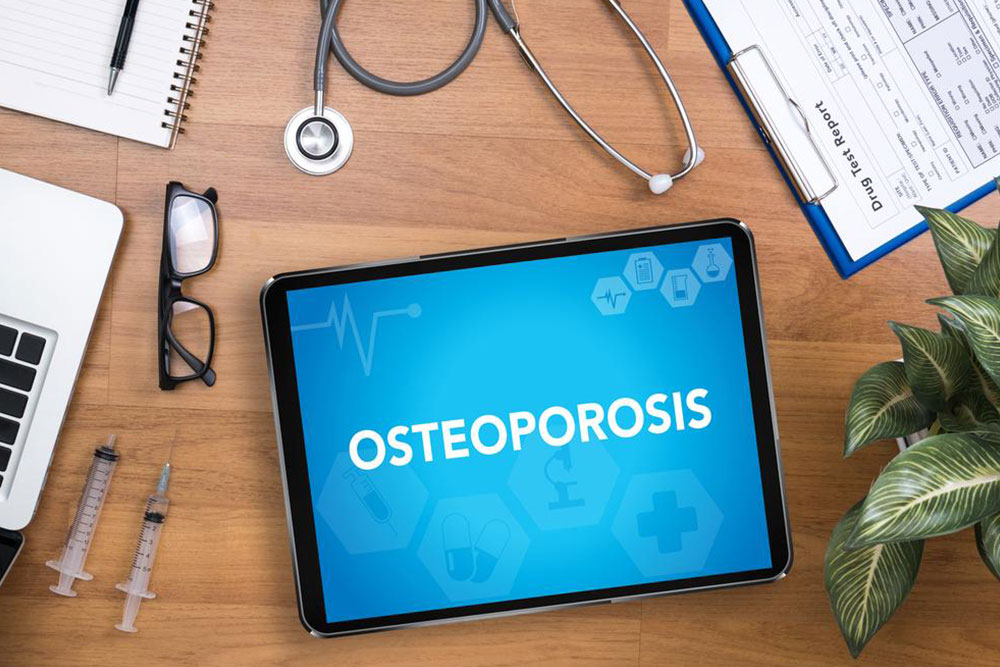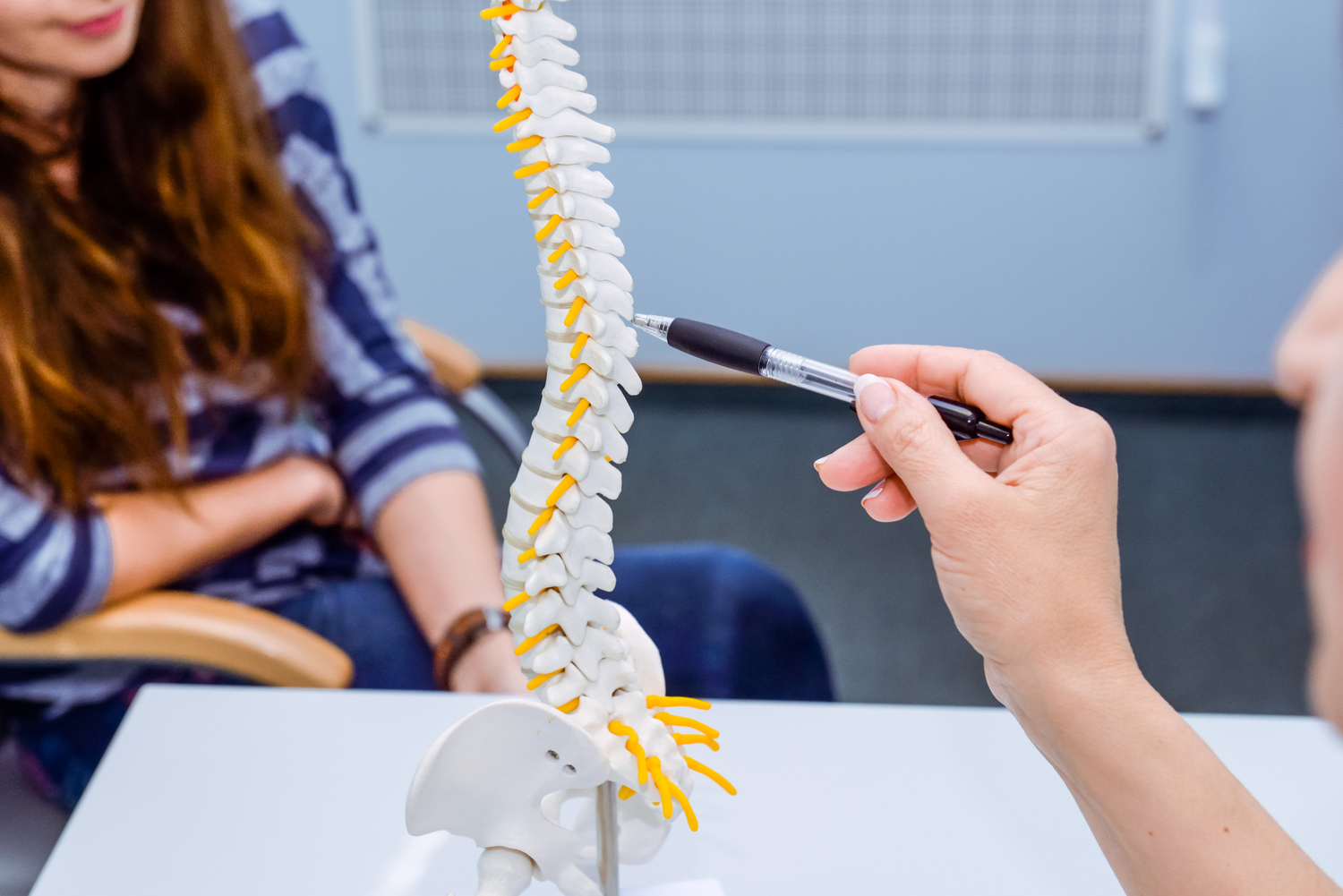Comprehensive Osteoporosis Management: Strategies to Strengthen Bones and Prevent Fractures
This comprehensive guide explores effective strategies for managing osteoporosis, including medication options, nutritional guidance, physical activity, and preventive measures. Understanding these methods helps strengthen bones, prevent fractures, and improve quality of life. The article emphasizes the importance of early diagnosis and a personalized treatment plan, combining medical therapy and lifestyle modifications for optimal results. With ongoing management, individuals can maintain bone health and reduce the risk of debilitating fractures, ensuring a more active and independent aging process.

Comprehensive Osteoporosis Management: Strategies to Strengthen Bones and Prevent Fractures
Osteoporosis is a prevalent condition characterized by a significant reduction in bone density, making bones porous and fragile. This softening of bones increases susceptibility to fractures, often occurring with minor stresses or falls. While commonly associated with postmenopausal women, osteoporosis can affect both men and women at various ages. Understanding the causes, risk factors, and the most effective management strategies is crucial for maintaining bone health and avoiding debilitating fractures.
Bone health is a dynamic process involving continuous remodeling, where old bone tissue is replaced by new. However, after age 35 or 40, the balance shifts towards increased bone resorption, leading to a gradual decline in bone mineral density (BMD). This process accelerates during menopause in women due to declining estrogen levels, which play a protective role for bones. In men, testosterone levels declining with age also contribute to osteoporosis risk, although at a slower rate.
The condition is insidious, often progressing silently until fractures occur. Common fracture sites include the hip, spine, and wrists, with hip fractures being particularly serious, often leading to loss of independence. Therefore, early diagnosis, lifestyle modifications, and a tailored treatment plan are essential components to effectively manage osteoporosis and minimize complications.
The foundation of managing osteoporosis involves medical treatment, nutritional support, and lifestyle modifications. Addressing these areas holistically can significantly improve bone density and reduce fracture risk. This article delves into detailed strategies for long-term osteoporosis management, including medication options, dietary recommendations, physical activity guidelines, and preventive measures targeting individuals at risk.
Effective treatment starts with understanding the available medical therapies. Depending on the severity and individual circumstances, healthcare providers may recommend various medications designed to slow bone loss, promote bone formation, or both. Lifestyle interventions, such as quitting smoking and limiting alcohol intake, combined with dietary improvements, can further enhance treatment outcomes.
Medical Treatments for Osteoporosis
There are multiple classes of medications prescribed by healthcare providers to combat osteoporosis. Each has specific indications, benefits, and considerations:
Estrogen Therapy: Estrogens help prevent bone loss, especially in premenopausal women or women approaching menopause. They reduce the risk of fractures by maintaining bone density and can be administered orally or via transdermal patches. Estrogen therapy must be carefully considered due to potential side effects, including cardiovascular risks and cancer concerns.
Selective Estrogen Receptor Modulators (SERMs): These drugs mimic estrogen's positive effects on bones without some of the risks associated with estrogen therapy. They are particularly suitable for women who cannot or prefer not to take estrogen, offering dual benefits of bone protection and potential reduction in breast cancer risk.
Calcium Supplements: Adequate calcium intake is vital for bone strength. Since the body absorbs about 600 mg at a time, calcium supplements are typically taken twice daily. The goal is to reach a total daily intake of 1,200 to 1,500 mg, combining dietary sources with supplements when necessary.
Vitamin D: Crucial for calcium absorption, vitamin D is commonly recommended at 800-1000 IU daily. Adequate levels of vitamin D help optimize bone mineralization and reduce fracture risk.
Bisphosphonates: This class of drugs effectively slows down or reverses bone loss. They work by inhibiting osteoclasts—the cells responsible for bone resorption. Patients on bisphosphonates should avoid eating or drinking at least 30 minutes before taking the medication to enhance absorption. Regular monitoring of bone density is essential during therapy, and sufficient calcium and kidney function tests are necessary before initiation.
Dietary and Nutritional Considerations
Nutrients play a vital role in maintaining healthy bones. Maximal bone density is typically reached by age 25, after which a gradual decline begins. To support lifelong bone health, adults should prioritize calcium-rich foods such as dairy products, fatty fish like salmon, sardines, and fortified plant-based beverages. Moreover, reducing intake of salt, caffeine, and alcohol can slow bone loss, as these substances may increase calcium excretion or interfere with bone regeneration.
Physical Activity and Exercise
Regular weight-bearing and resistance exercises are proven to stimulate bone formation and help preserve bone mass. Activities like brisk walking, jogging, dancing, stair climbing, and resistance training with weights promote muscle-strengthening and stress bones, encouraging new bone growth. Swimming and cycling, while great for cardiovascular health, are less effective for bone density but can complement weight-bearing routines. Always consult healthcare professionals before starting new exercise regimens to tailor activities to individual health conditions.
Preventive and Supportive Strategies
Persons at risk of osteoporosis, particularly those with family history, low body weight, or previous fractures, should seek regular bone density testing. Early detection through dual-energy X-ray absorptiometry (DXA) scans enables timely intervention. For those with diagnosed osteoporosis, preventive measures include using assistive devices to prevent falls, modifying home environments for safety, and engaging in balance and coordination exercises. These steps can significantly reduce fall-related fractures.
Individuals with genetic predispositions or previous fractures should work closely with orthopedic specialists, physiotherapists, and nutritionists to develop personalized management plans. Bone health is influenced by many factors, and sustained effort is essential for long-term success.
While there is currently no cure for osteoporosis, proper management, medication adherence, and lifestyle adjustments can effectively control symptoms, improve quality of life, and prevent fractures. Ensuring adequate intake of vitamin D, calcium, and nutritious foods such as nuts, legumes, and whole grains supports overall health and strengthens bones over time.
Ultimately, a comprehensive approach involving medical treatment, healthy lifestyle choices, and ongoing monitoring is vital for managing osteoporosis effectively. Staying proactive about bone health can lead to a more active, independent life as you age.





